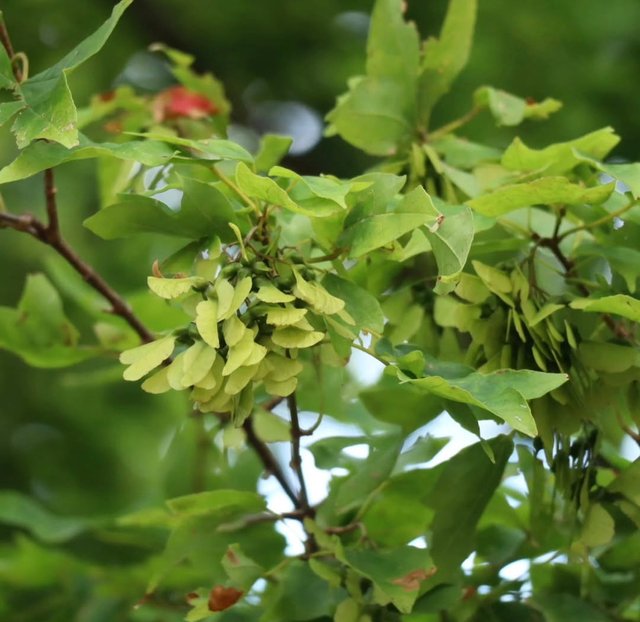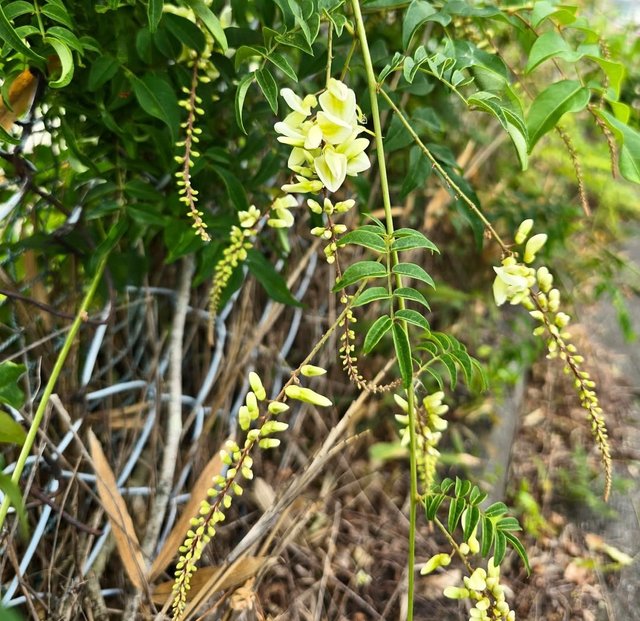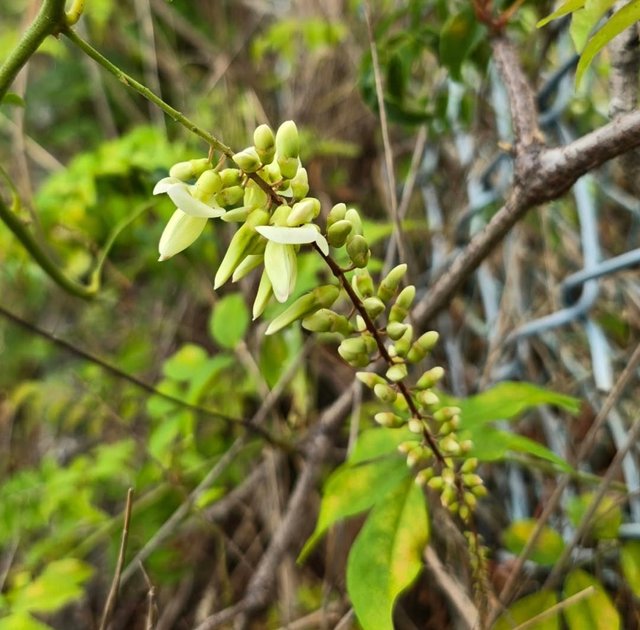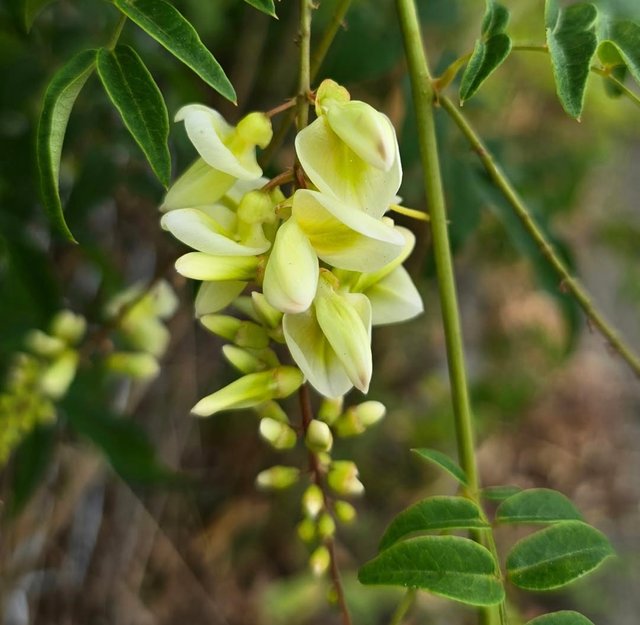Black locust
Black locust is a deciduous tree in the legume family Fabaceae native to the southeastern United States but now widely naturalized in many temperate regions of the world The tree is medium to large in size often reaching heights of 20 to 30 meters with a trunk diameter of up to 1 meter It has deeply furrowed dark gray bark and compound leaves that consist of 7 to 21 oval leaflets which are smooth-edged and bright green The foliage provides a soft airy look during the growing season and turns yellow in autumn One of the most striking features of black locust is its fragrant.
Pendulous clusters of white pea-like flowers which bloom in late spring to early summer These flowers are highly attractive to bees and serve as an excellent source of nectar producing a prized honey known for its light color and delicate flavor After flowering the tree develops flat seed pods containing several small hard seeds Like other members of the pea family black locust has nitrogen-fixing root nodules which improve soil fertility and make it a useful plant for soil restoration Black locust wood is exceptionally hard strong and resistant to decay which makes it valuable for outdoor uses such as fence posts decking and construction Its durability has historically made.
It one of the best choices for railroad ties shipbuilding and firewood The tree also plays an ecological role by stabilizing soils especially in poor or disturbed sites due to its tolerance of drought and ability to grow in low-nutrient soils However in many regions outside its native range black locust is considered an invasive species because of its aggressive root suckering ability and rapid spread which can displace native vegetation and alter ecosystems Despite this it is still widely planted for erosion control timber production and as an ornamental tree The black locust holds cultural significance as well being admired for its beauty its honey production and its symbolism of resilience.



